Squash is a beautiful and nutritious vegetable that can be grown in most climates. Remember to give your plants plenty of sunshine and water, use organic fertilizers, and watch for pests like Squash bugs and vine borers. With some care and attention, you can grow healthy and delicious Squash that will impress even the most discerning foodies.
Top 13 Squash Varieties for Your Home Garden
Crookneck
Crookneck is a type of summer Squash that has a distinctive curved neck. It’s easy to grow and produces an abundant yield, making it a popular choice for home gardeners. Its bright yellow skin can be eaten along with the flesh, making it both tasty and nutritious. When planting Crookneck Squash, choose a spot with full sun exposure.
In case you missed it: Squash Plant Diseases, Pests and Control Methods
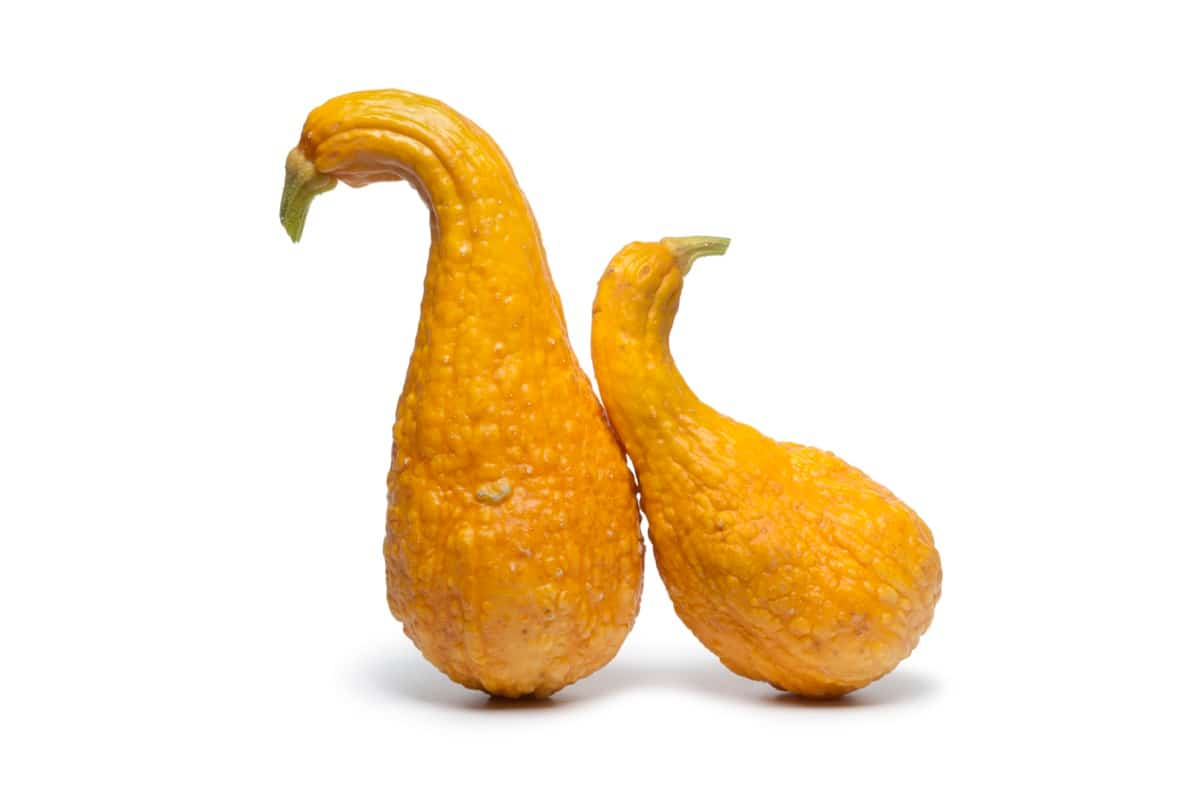
The soil should be well-draining but also rich in organic matter. Regular watering will keep the plant healthy and produce fruit throughout the growing season. Harvesting Crookneck Squash when small (around 4-6 inches) will ensure a tender texture and mild flavor. Larger fruits tend to become tough and bitter.
Mirliton
Mirliton has a pear-like shape and smooth green skin with ridges running lengthwise. The inside flesh is white with a single large seed in the center. Growing Mirliton requires warm temperatures and well-draining soil. Planting should take place after the last frost date in your area. To grow Mirliton, plant it in well-drained soil with plenty of sunlight. You should plant seeds about an inch deep into the ground during early spring. Once they start growing, you can transplant them into their permanent location.
Mirlitons mature quickly and require regular watering to keep the soil moist. As they grow, support the vines as they can get heavy once fruit starts forming. When it comes to harvesting, pick Mirlitons while still young before they reach full maturity for better flavor. Mirliton is an excellent addition to any garden due to its easy cultivation process, nutritional value, and delicious taste profile.
Pattypan
Pattypan’s unique shape and bright yellow color make it a popular addition to many dishes. Growing Pattypan requires full sun exposure and well-drained soil. It’s important to plant the seeds after the danger of frost has passed and keep them consistently watered throughout the growing season. Pattypan Squash is a unique and versatile variety that is easy to grow in your home garden. Its flattened shape and bright yellow color make it an attractive addition to any dish. One of the best things about Pattypan Squash is its mild flavor, which lends well to sweet and savory recipes.
To grow Pattypan Squash, select a sunny spot in your garden with well-draining soil. Be sure to water regularly and fertilize every few weeks. Harvest when the fruit is still young and tender for optimal flavor. Use gardening shears or a sharp knife to cut through the stem above the fruit. With their unique shape and versatility in cooking, Pattypan Squashes are worth adding to your home garden this season.
Zucchini
Zucchini is a popular summer Squash, is the easiest vegetables to grow in your garden. When planting Zucchini, choose an area with plenty of sunlight and well-draining soil. You can start seeds indoors four weeks before the last frost date in your area or sow them directly into the ground after all danger of frost has passed.
In case you missed it: Discover the Top 19 Best Broccoli Varieties for Home Garden Abundant Harvests
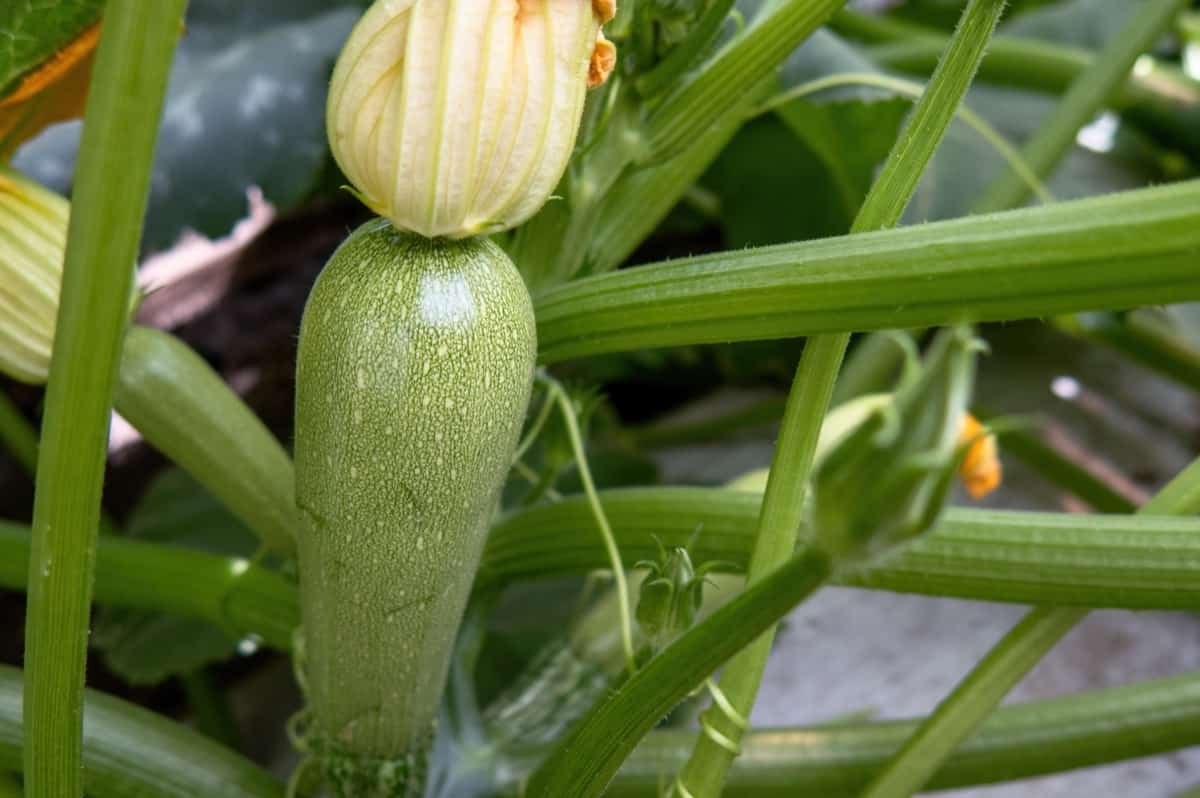
Once planted, Zucchinis require consistent watering but don’t overwater as it may cause root rot. Fertilize regularly with a balanced fertilizer for healthy growth. Harvesting Zucchini should be done when they are about 6-8 inches long and still firm to touch; any longer than that will result in tough Squash.
Round Zucchini
This variety of Zucchini has a round shape with flattened ends, making it perfect for stuffing or slicing into rounds for grilling or baking. Round Zucchini’s skin comes in shades of green and gray, and its flesh is creamy white. Growing Round Zucchini at home is relatively easy with well-draining soil and full sun exposure.
To harvest Round Zucchini, wait until they reach about 2-3 inches in diameter and are firm to the touch. Pick them regularly to encourage more fruit growth throughout the season. Whether you’re looking for an alternative to traditional Zucchinis or want to add some visual interest to your garden space, consider growing Round Zucchinis.
Buttercup
Buttercup Squash has a distinctive round shape, green skin, and light yellow flesh. When it comes to growing Buttercup Squash, they require full sun exposure and well-draining soil. Once planted, water them regularly but avoid overwatering, which can cause root rot. One unique characteristic of Buttercup Squash is its long storage life. They can be stored for up to six months if kept in a cool, dry place without any cuts or bruises on their skin. Buttercup Squash is delicious and easy to grow and store, making it an excellent addition to your home garden.
In case you missed it: Discover the Top 13 Blueberry Varieties for Your Home Garden

Cousa
Cousa is a type of Squash with a cylindrical shape, tapered ends, and smooth, light green skin. One reason why Cousa is a popular choice among gardeners is because it’s easy to grow. They can be grown in warm and cool climates, making it an ideal vegetable for almost any type of garden. When planting Cousa, choose a spot with plenty of sunlight throughout the day. The soil should also be well-draining, nutrient-rich, and have good moisture retention capabilities.
Acorn
Acorn Squash is named after its acorn-like shape and comes in various colors ranging from dark green to golden yellow. When growing acorn Squash, provide plenty of space as the vine can grow up to six feet long. Acorn Squash is a winter variety of Squash shaped like an acorn. Acorn Squash is easy to grow in your backyard garden or even in containers on your patio. Choose a spot with full sun exposure and well-draining soil to plant acorn Squash seeds. Keep the soil moist but not waterlogged until germination occurs.
Once established, acorn Squash plants require minimal care. Water them deeply once a week or whenever the soil feels dry. Fertilize them with nitrogen-rich fertilizer every few weeks during their growing season. When harvesting acorn Squash, wait until they are fully matured before picking them from the vine. A ripe acorn should be dark green with some orange spots around its bottom part. Growing acorn Squash is an excellent way to add fresh produce to your diet while enjoying its unique taste all year round.
Butternut
Butternut Squash is another popular variety with a sweet, nutty flavor and smooth texture. When growing Butternut Squash, give the plants plenty of space, as they can grow up to 10 feet long. They need well-drained soil and full sun exposure. To plant Butternut Squash seeds, start them indoors about six to seven weeks before the last frost date. Transplant the seedlings into your garden once all danger of frost has passed.
In case you missed it: Top 19 Best Strawberry Varieties for Home Gardeners
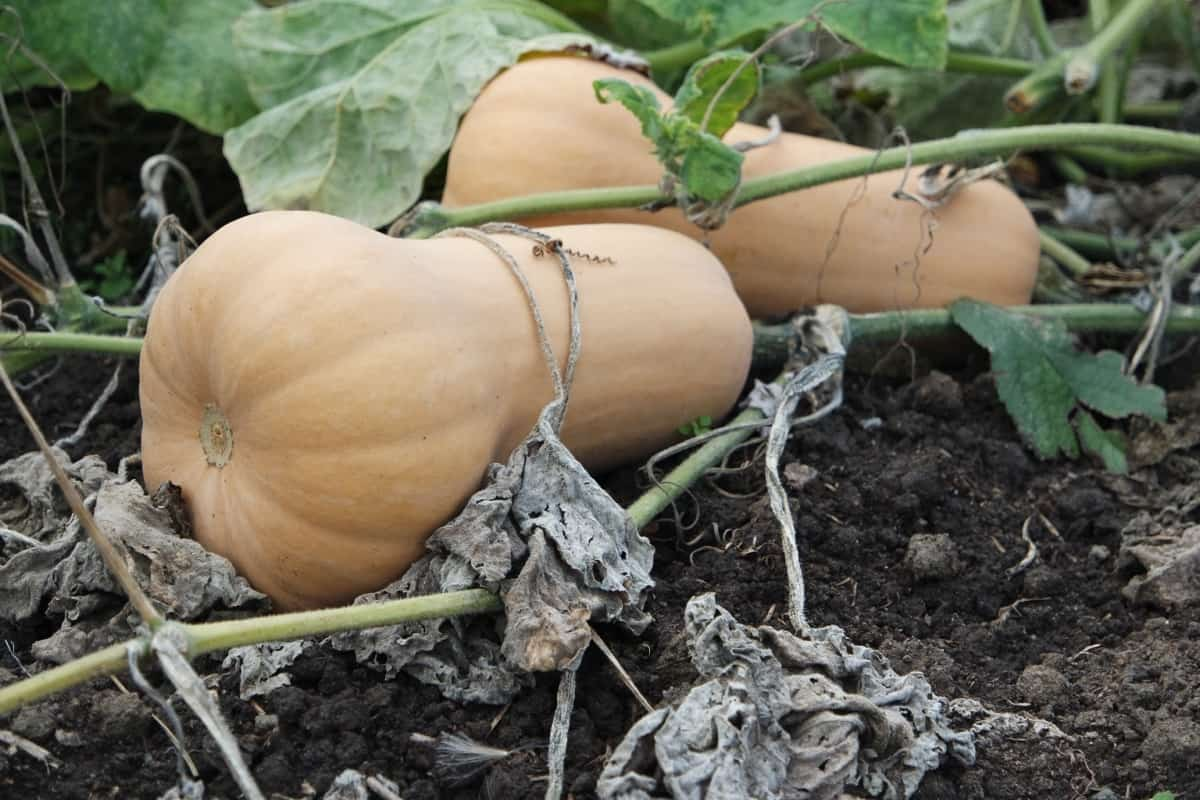
Ensure to water your Butternut Squash regularly and fertilize with a balanced fertilizer every two to three weeks during the growing season. You can also mulch around the base of each plant to help retain moisture in the soil. Harvest ripe Butternut Squash when fully matured, which usually takes around 80-100 days after planting. The skin should be hard and dull in color, while the stem should be dry and brown.
Carnival
Carnival Squash is a relatively new variety that has recently gained popularity. It’s a hybrid of the sweet dumpling and acorn Squash, resulting in a unique coloration with vibrant green, yellow, and orange stripes. Like most winter Squashes, the Carnival needs plenty of sun exposure to thrive but can tolerates some shade. Be sure to provide adequate space for your plants as they grow large. The ideal soil pH level should be between 6.0-6.8.
When growing Carnival Squash from seeds, start indoors about three weeks before planting outside or direct sow into warm soil after all danger of frost has passed. Water regularly and fertilize every two weeks with compost tea or fish emulsion. Harvesting usually occurs during autumn when the skin is hard enough to resist punctures from your fingernail; cut off the stem leaving at least one inch attached if possible, before storing away in cool, dry conditions where it will last up to six months
Hubbard
Hubbard Squash is a winter Squash variety that comes in all shapes and sizes, with colors ranging from dark green to orange. One of the great things about Hubbard Squash is that it’s relatively easy to grow, even in cooler climates. When planting Hubbard seeds, space them at least two feet apart to allow adequate room for growth.
In case you missed it: Hydrogen Peroxide for Plants – How to Use Hydrogen Peroxide in the Garden
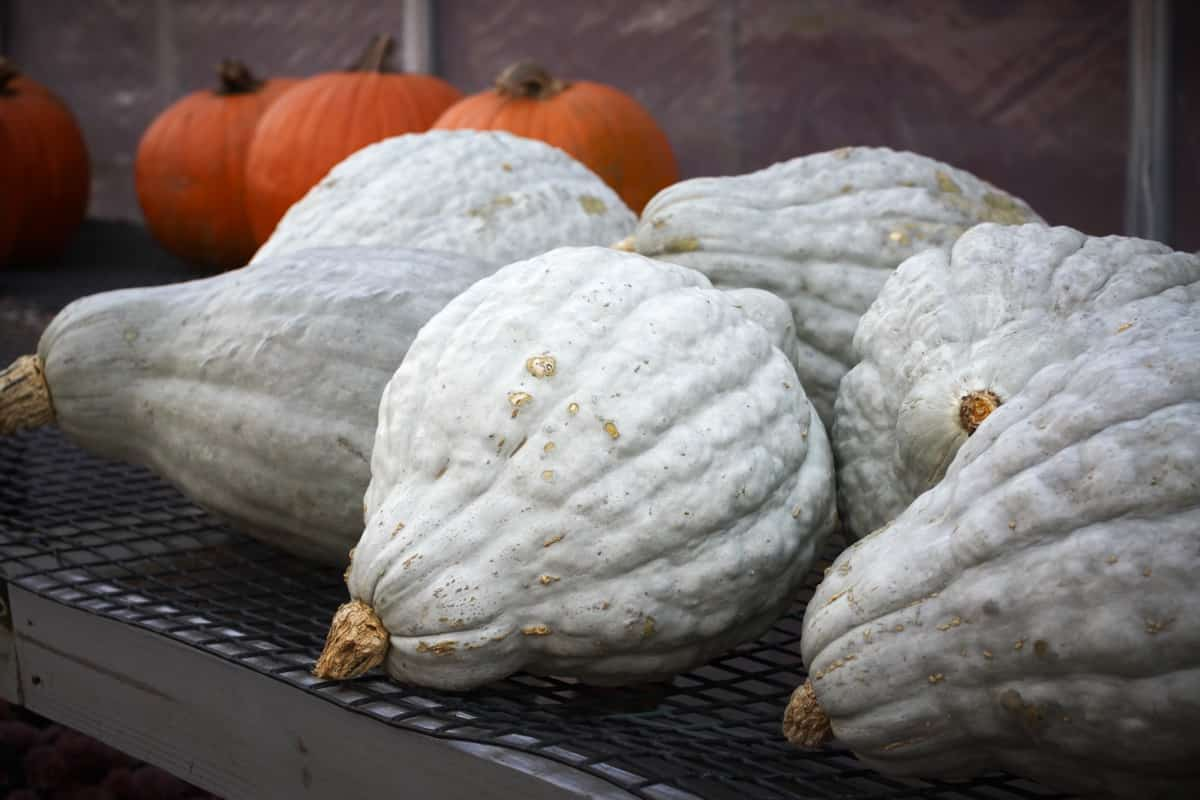
You can also fertilize the soil with compost or other organic matter to help promote healthy plant growth. Once harvested, Hubbard Squash can be stored in a cool, dry place for up to several months. If you’re looking for a delicious and versatile winter Squash variety to add to your garden this year, consider giving Hubbard a try.
Delicata
Delicata Squash is a winter variety that has been gaining popularity recently. Its unique oblong shape and delicate skin make it stand out from other Squashes. One of the great things about Delicata is its edible skin, which makes for easier preparation and less waste. When growing Delicata Squash, giving them enough space to spread out is important.
Harvesting delicate at the right time is crucial because if left on the vine too long, they will become tough and lose flavor. Wait until the vines have died before harvesting. Delicata Squash may not be as well-known as some of its more popular counterparts, like Zucchini or butternut. Still, it certainly deserves recognition for its unique qualities and delicious taste.
Spaghetti Squash
Spaghetti Squash is a unique variety of winter Squash that got its name from the Spaghetti-like strands it produces when cooked. When growing this delicious vegetable, it’s important to plant the seeds in warm soil and ensure they receive plenty of sunlight. Spaghetti Squash plants require ample space for their vines to grow, so give them enough room if you’re planting multiple seeds.
In case you missed it: How to Grow and Care for Prickly Pear: A Comprehensive Guide for Beginners
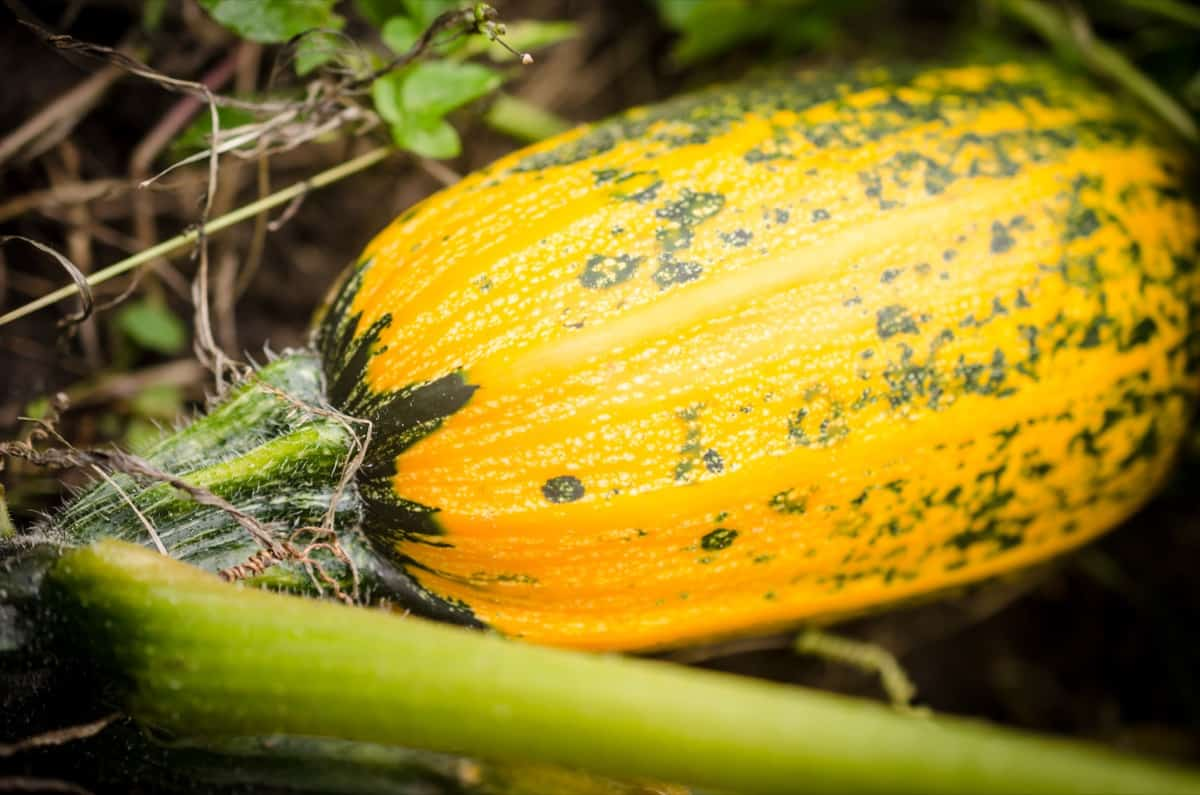
To grow Spaghetti Squash, select a sunny spot in your garden and prepare the soil properly. Once the soil is ready, plant and water your seeds regularly to ensure they stay moist. As plants grow, they support their vines to produce fruit without becoming damaged or stressed. When it’s time to harvest your Spaghetti Squash, look for firm and heavy fruits with no signs of soft spots or rotting.
Once harvested, you can store your Spaghetti Squash in a cool, dry place for several months until you’re ready to use it. To prepare this delicious vegetable, cut it in half lengthwise and remove the seeds before roasting or boiling until tender. Growing Spaghetti Squash is an easy process that yields delicious results that are perfect for any meal.
Conclusion
There are various Squash types to choose from when it comes to growing your own. From the versatile Zucchini to the sweet and nutty Butternut Squash, each has its unique flavor profile and texture that can add diversity to any meal. Remember, when planting Squash in your garden or container, provide them with plenty of sunlight and water. They thrive in warm temperatures between 18-24°C and well-drained soil. You’ll be enjoying fresh homegrown Squash all season long with proper care.
- How to Grow Hibiscus from Flower
- Plantation Ideas for Home Decoration: A Beginners Guide
- Flower Garden Designs and Layouts for Beginners
- Planting and Spacing Techniques in Papaya: A Beginner’s Guide
- Growing Gold: Essential Techniques for Planting Pineapples
- How to Make Kalanchoe Plant Bushy: Home Remedies and Solutions
- 11 Reasons Why Your Gardenia is Not Blooming: Home Remedies and Solutions
- Eco Elegance: The Guide to Designing a Drought-Tolerant Landscape
- Gardening on a Slope: Strategies for Hillside Landscaping
- Nourish and Flourish: Top Organic Mulches for Thriving House Plants
- Everything You Want to Know about Indian Mogra Flower: Discover Uses and Growing
- Green Thumb Success: Expert Tips for Cultivating Greenhouse Pumpkins All Year Round
- Maximize Growth & Flavor: The Ultimate Guide to Companion Planting in Herb Gardens
- How to Control Rhododendron Problems Naturally: Home Remedies and Organic Ways to Fix Them
- Natural Magic: The Remarkable Benefits of Cinnamon for Plants
- Best Steps to Revive Dying Tulip with Natural and Organic Treatment
- 10 Reasons Why Your Angel Trumpet is Not Blooming: Remedies and Treatment
- How to Fix Periwinkle Leaf and Flower-Related Problems: Natural Remedies and Solutions
- How to Fix Zinnias Leaf and Flower Problems: Discover Natural and Home Remedies
- Organic Steps to Induce Lemon Tree Flowers: A Comprehensive Guide
- Bloom Booster: Crafting the Perfect Homemade Bougainvillea Fertilizer
- Optimizing Growth: A Guide to Applying NPK Fertilizer for Potted Plants
- 10 Best Homemade Fertilizers for Rubber Plant: DIY Recipes and Application Method
- How to Boost Female Pumpkin Flowers: Effective Steps for More Flowers and High Yields
- Transform Your Indoor Garden: Top Benefits of Pink Salt for Houseplants
- 10 Best Homemade Fertilizers for Peacock Plants (Calathea): Easy DIY Guide
- Unlock Blooms: 9 Reasons Why Your Potted Chrysanthemum is Not Blooming
- 8 Reasons Why Your Potted Hibiscus is Not Blooming: Fix it with Simple Solutions
- Unlock Blooms: 9 Key Reasons Your Potted Frangipani Won’t Flower
- 10 Reasons Why Is My Ice Plant Not Blooming: Remedies and Treatment
- 10 Reasons Why My Potted Hydrangea Not Blooming: Treatment and Remedies
- 10 Reasons Why is My Wisteria Not Blooming: Remedies and Treatment
- 10 Reasons Why is My Goldfish Plant Not Blooming: Remedies and Treatment
- Maximize Your Space: Ultimate Guide to Balcony Gardening with Grow Bags
- 10 Reasons Why Your Iris is Not Blooming: Remedies and Treatment
- 10 Reasons Why Your Anthurium Plant is Not Blooming: Treatment and Remedies